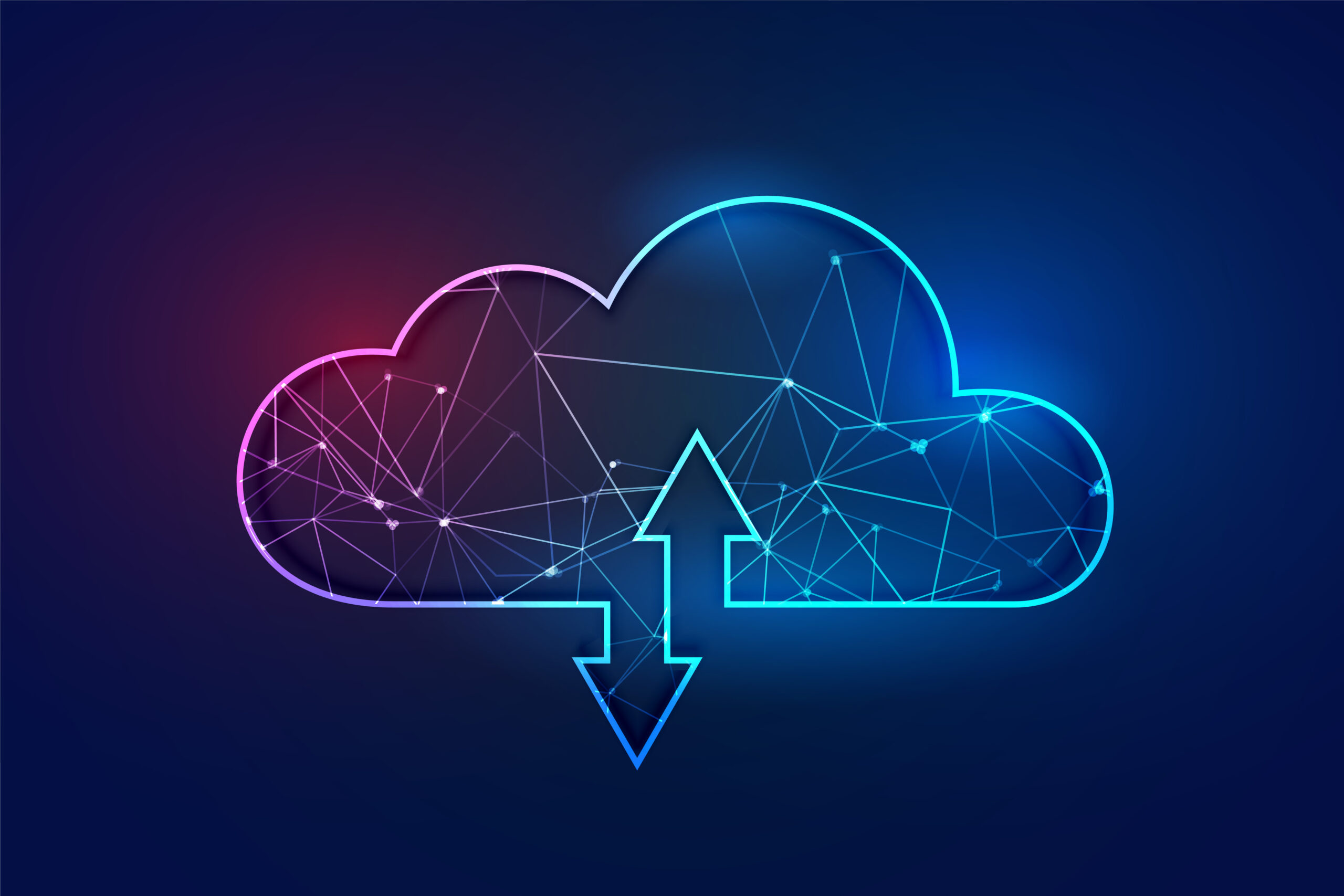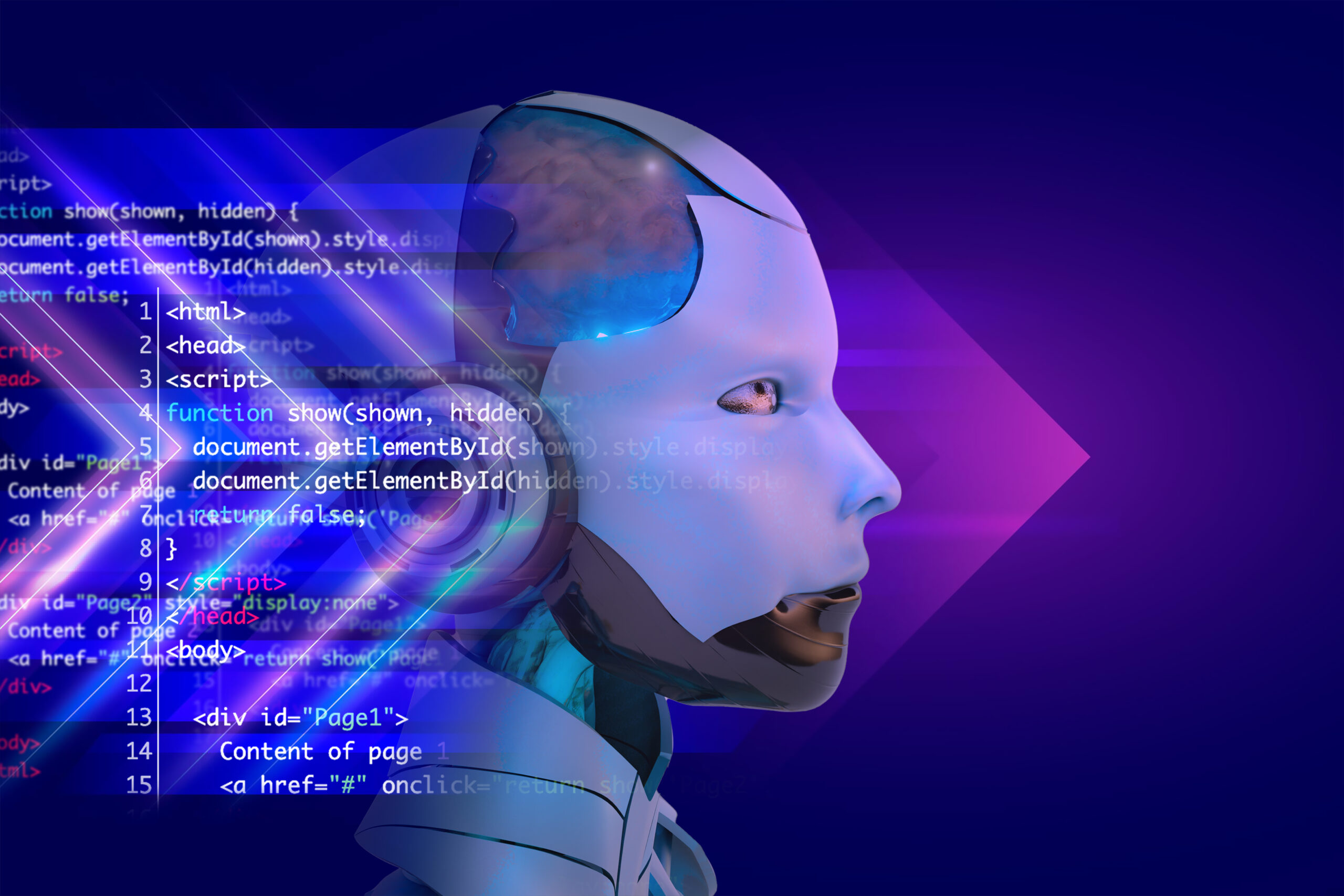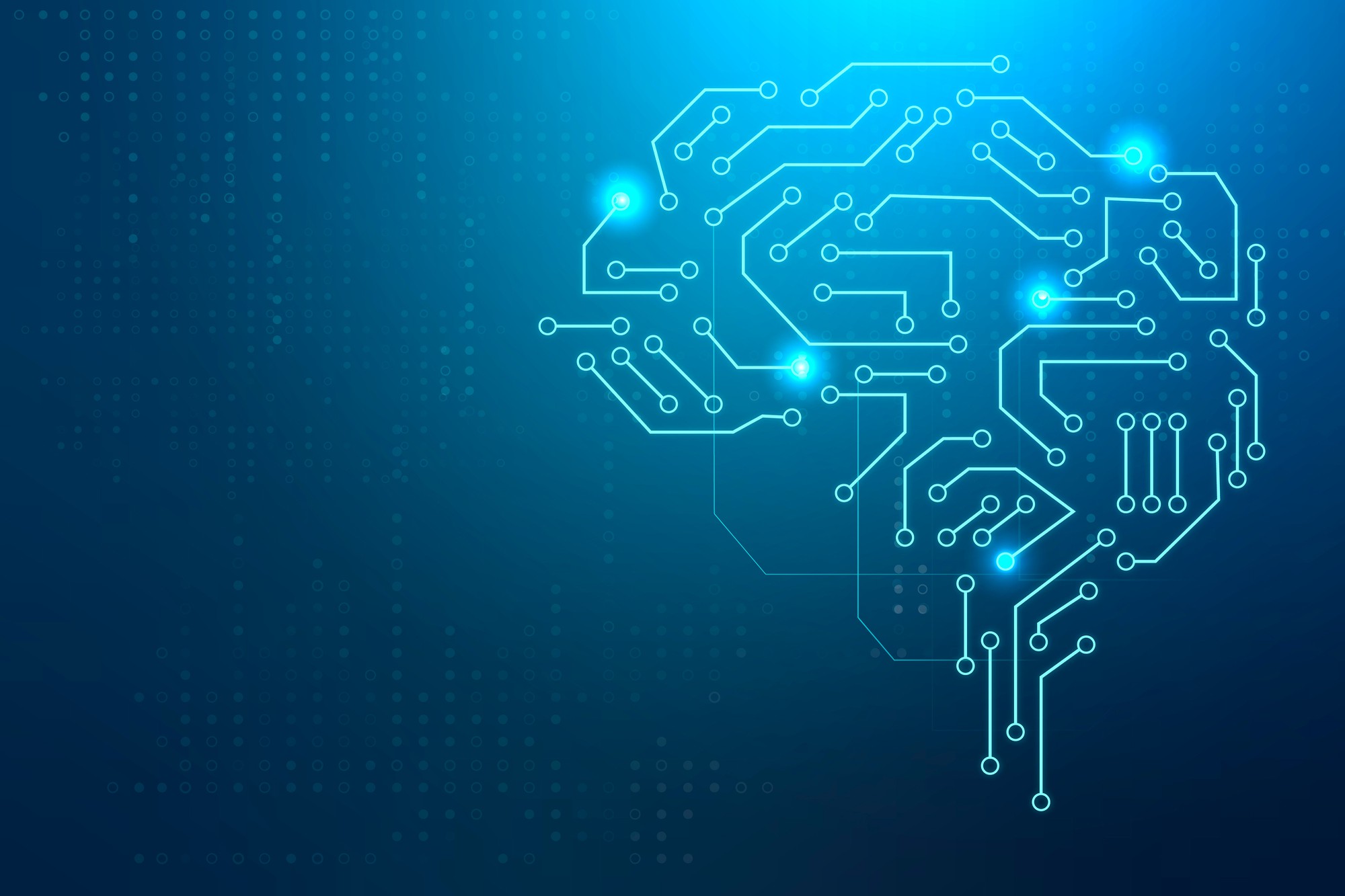The Difference Between AI, Machine Learning, and Deep Learning Explained

Artificial Intelligence (AI), Machine Learning (ML), and Deep Learning (DL) are often used interchangeably, but they are distinct fields within the realm of intelligent computing. Understanding the differences between them is essential for grasping how modern technology is evolving and shaping various industries. This blog breaks down AI, ML, and DL, their relationships, applications, and how they differ from one another.
1. What is Artificial Intelligence (AI)?
Artificial Intelligence (AI) is a broad field of computer science focused on creating machines that can mimic human intelligence. AI encompasses various subfields, including machine learning, deep learning, natural language processing, robotics, and more.
Key Characteristics of AI:
- AI aims to simulate human reasoning, learning, and problem-solving.
- It can be rule-based (traditional AI) or data-driven (modern AI).
- AI systems can be classified into three types:
- Narrow AI (Weak AI): Specialized in one task (e.g., voice assistants like Siri and Alexa).
- General AI (Strong AI): Theoretical AI that can perform any intellectual task like a human.
- Super AI: A future concept where AI surpasses human intelligence.
Examples of AI Applications:
- Virtual assistants (Google Assistant, Siri, Alexa)
- Chatbots and automated customer service
- Recommendation systems (Netflix, Amazon)
- AI-powered healthcare diagnostics
2. What is Machine Learning (ML)?
Machine Learning (ML) is a subset of AI that enables systems to learn from data and improve their performance without explicit programming. ML focuses on algorithms that identify patterns in data and make predictions or decisions based on learned insights.
Key Features of ML:
- ML models learn from historical data and improve over time.
- It requires large datasets for training.
- It automates decision-making processes without human intervention.
Types of Machine Learning:
- Supervised Learning: The model learns from labeled data (e.g., email spam detection).
- Unsupervised Learning: The model finds hidden patterns in unlabeled data (e.g., customer segmentation).
- Reinforcement Learning: The model learns by interacting with an environment and receiving rewards or penalties (e.g., self-driving cars).
Examples of ML Applications:
- Predictive analytics in finance
- Image and speech recognition
- Fraud detection in banking
- Personalized marketing recommendations
3. What is Deep Learning (DL)?
Deep Learning (DL) is a specialized branch of machine learning that uses artificial neural networks (ANNs) to mimic the human brain’s functioning. DL models can automatically discover patterns and features in large datasets, making them highly effective for complex problems.
Key Characteristics of Deep Learning:
- Uses multi-layered neural networks to process data.
- Requires high computational power and large datasets.
- Excels in complex pattern recognition and decision-making tasks.
Popular Deep Learning Architectures:
- Convolutional Neural Networks (CNNs): Used in image and video processing.
- Recurrent Neural Networks (RNNs): Effective for sequential data like speech and text.
- Transformer Models: Powering AI advancements in natural language processing (e.g., ChatGPT, BERT).
Examples of Deep Learning Applications:
- Autonomous vehicles and self-driving technology
- Facial recognition systems
- AI-generated content (text, images, videos)
- Real-time language translation
4. AI vs. Machine Learning vs. Deep Learning: Key Differences
| Feature | Artificial Intelligence (AI) | Machine Learning (ML) | Deep Learning (DL) |
|---|---|---|---|
| Definition | The broad field of making machines intelligent | A subset of AI where machines learn from data | A specialized subset of ML using neural networks |
| Learning Method | Can be rule-based or data-driven | Uses statistical models and algorithms | Uses artificial neural networks with multiple layers |
| Data Dependency | Can work with limited data | Requires structured data for training | Requires large amounts of labeled data |
| Complexity | Less complex, includes predefined rules | More complex, relies on statistical models | Highly complex, involving deep neural networks |
| Hardware Needs | Can run on standard computers | Requires more processing power | Needs GPUs or TPUs for high-performance computing |
| Application Scope | Broad applications, including robotics and automation | Pattern recognition, prediction, and automation | Advanced tasks like image processing and NLP |
5. The Relationship Between AI, ML, and DL
Deep Learning is a subset of Machine Learning, and Machine Learning is a subset of Artificial Intelligence. They build upon each other:
- AI is the overarching concept of creating intelligent machines.
- ML is a method that allows AI systems to learn from data.
- DL is a sophisticated approach to ML that uses neural networks for deeper learning.
Analogy to Understand AI, ML, and DL:
Think of AI as the entire field of space exploration. ML is like rockets used to explore space, and DL is the latest advanced spacecraft designed to go further and operate autonomously.
6. Future Trends in AI, ML, and DL
The rapid growth of AI, ML, and DL is driving technological advancements in various industries. Here are some key trends shaping the future:
a) AI in Everyday Life
- AI-powered virtual assistants becoming more human-like.
- AI-driven automation in smart homes and workplaces.
b) Explainable AI (XAI)
- Enhancing transparency in AI decision-making.
- Reducing bias and improving ethical AI implementations.
c) AI-Powered Healthcare Innovations
- AI for personalized medicine and drug discovery.
- AI-driven robotic surgery and diagnostics.
d) Generative AI and Deepfake Technology
- AI-generated images, videos, and texts gaining popularity.
- Deepfake detection tools improving online security.
e) AI in Autonomous Systems
- Advancements in self-driving technology.
- AI-powered drones and robotic automation.
Conclusion
AI, Machine Learning, and Deep Learning are transforming the world, enabling smarter automation, improved decision-making, and advanced problem-solving capabilities. While AI is the broadest concept encompassing ML and DL, Machine Learning focuses on data-driven learning, and Deep Learning pushes the boundaries with complex neural networks.
As technology continues to evolve, understanding these differences will be crucial for businesses, developers, and anyone interested in the future of AI-driven innovation. What excites you the most about AI, ML, or DL? Let us know in the comments!



